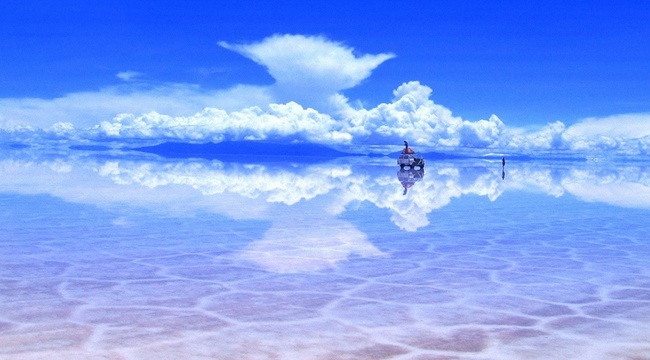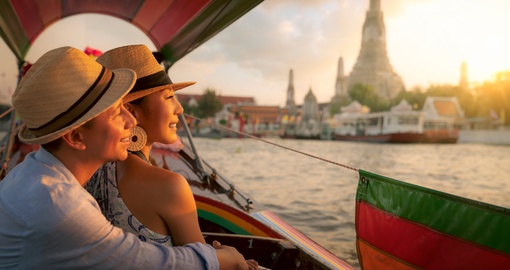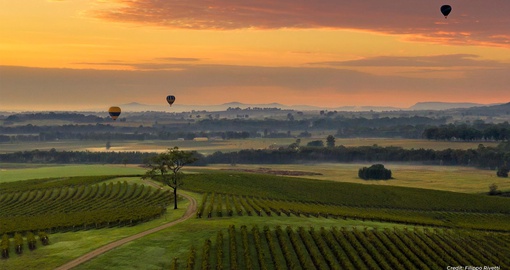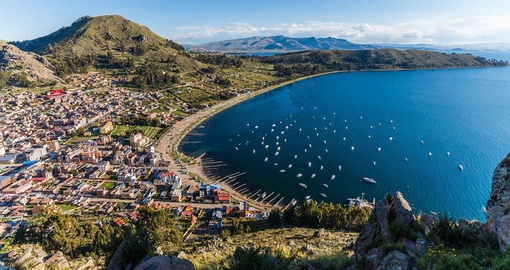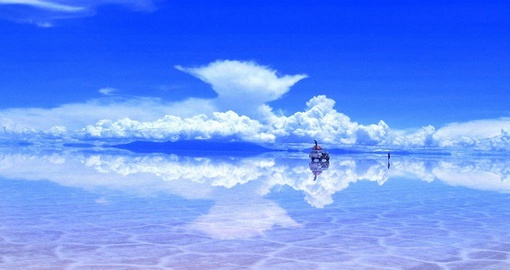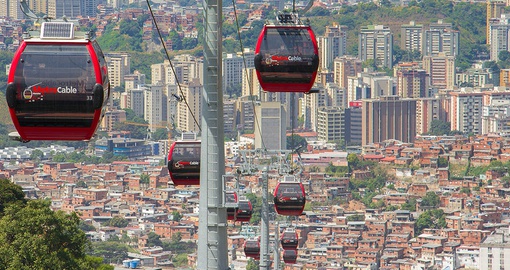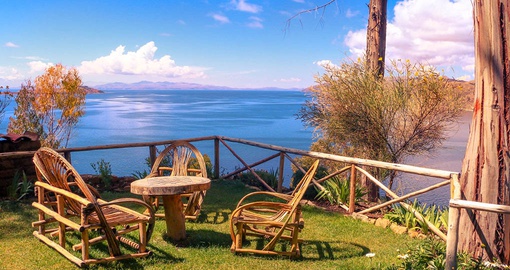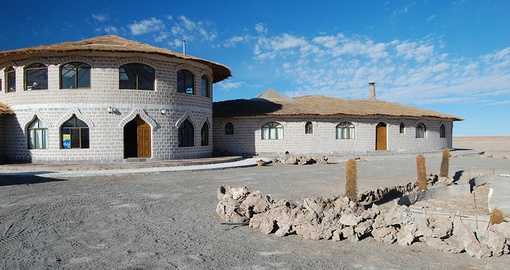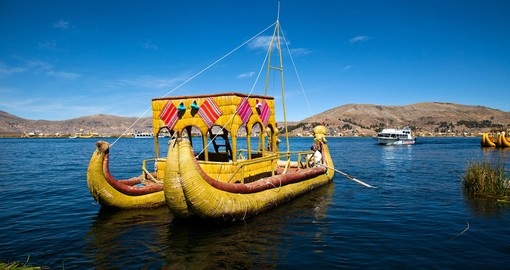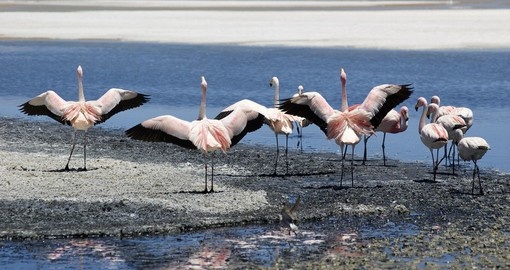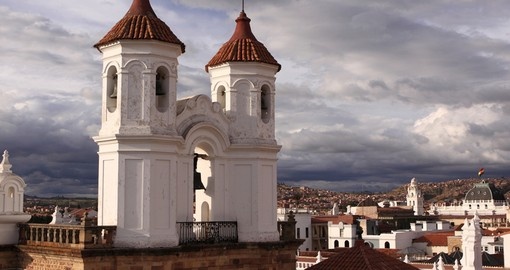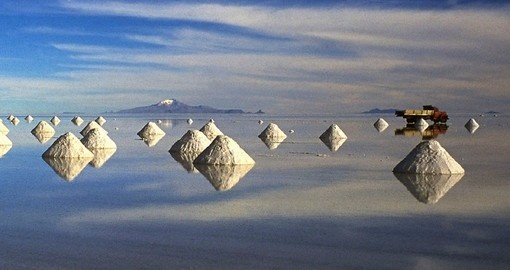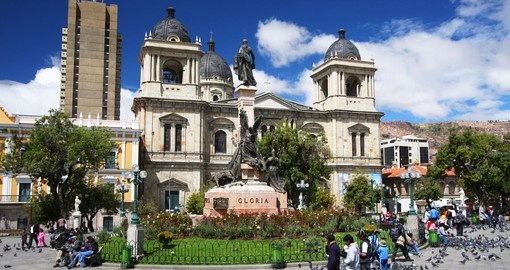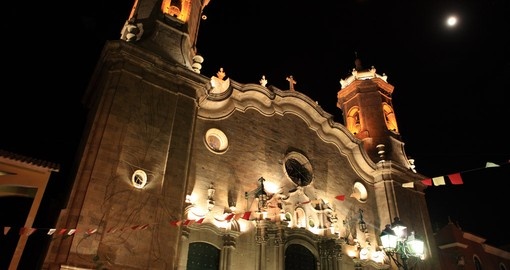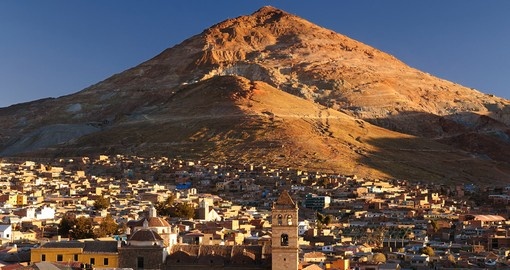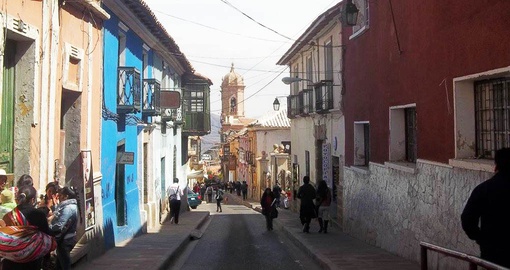Essential Facts
Currency
Bolivia’s official currency is the Boliviano. Although US dollars are mostly accepted in larger cities and stores, having cash in Boliviano is important when visiting smaller towns and remote areas. Credit and debit cards are often accepted in larger cities and towns, though certainly not everywhere. ATMs and currency exchanges are also common in larger cities.
Language
Spanish is Bolivia's official language. There are also 39 Indigenous languages also spoken in different regions of the country, including Quechua, Aymara, and Guarani. Half of the population has an Indigenous mother tongue, which means that Bolivian Spanish can vary in vocabulary and pronunciation depending on the region.
Best Time to Go
Bolivia is a year-round destination depending on what region you wish to visit. Typically, the best time to travel to Bolivia is the dry season from May to October (winter), though temperatures will drop considerably at night. This time of year means fewer travel interruptions due to weather. From November to April (summer), temperatures are warmer, but it is also the wet season, which is ideal for witnessing the incredible mirror effect on the Uyuni Salt Flats.
Climate
Bolivia has two distinct seasons, summer and winter, and climates that vary with region and altitude. Summer (November to April) is considered the wet season and winter (May to October) is the dry season in most areas. The Andes and Altiplano region are typically cold and dry, with temperatures in summer rising to 22°C/72°F and dropping to 15°C/59°F in winter, with nights just above 0°C/32°F. The Yungas and Chapares regions have a humid, tropical climate with distinct wet and dry seasons. Summers are hot and humid with temperatures rising to 31°C/88°F with heavy rains causing flooding in some areas. Winters are slightly cooler and dry with clear skies on most days. The Valley region is a temperate climate and is considered the most comfortable year round with temperatures ranging from 17°C–27°C/63°F—81°F with cooler nights. The Chaco Scrub and Plains are desert climates and do not see extreme temperature changes between seasons. Winters are typically hot, dusty and dry with temperatures rising up to 37°C/99°F and summers are hot and muddy due to the increased rain.
Ideal Traveller
Culture lovers and history buffs can learn about Bolivia's history, exploring the Incas and its colonial cities. Nature lovers and photographers can enjoy unmatched sights such as the reflecting waters of the Uyuni Salt Flats. The country also has a lot of hiking opportunities for active travellers, though keep the altitude in mind when booking trips.
Getting There From North America
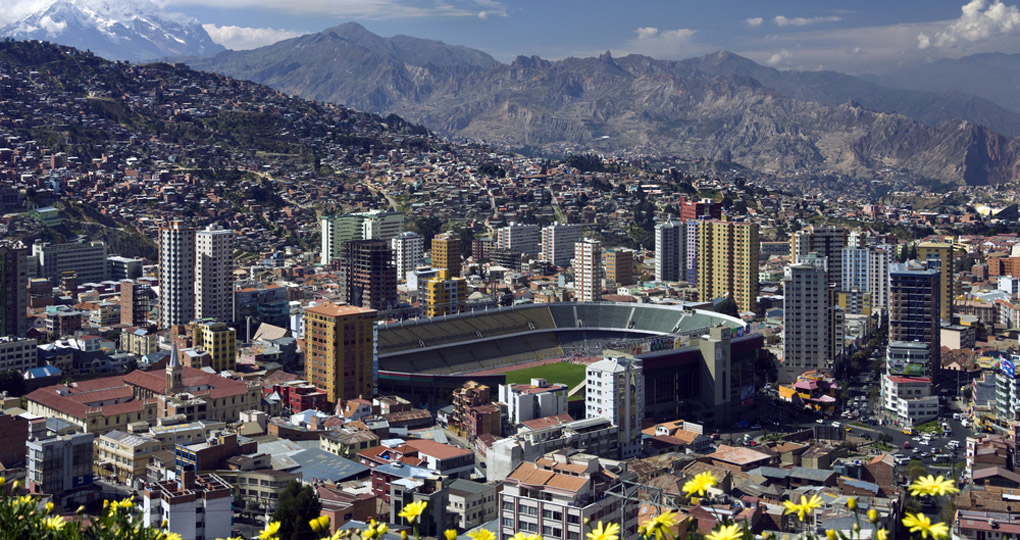
Major Airports
The majority of international flights fly into El Alto International Airport in La Paz (LPB), Viru Viru International Airport in Santa Cruz (VVI), or Jorge Wilstermann International Airport (CBB) in Cochabamba and from there connect to regional airports throughout the country.
Major Air Routes from the United States
Boliviana is the only airline with a direct flight from the USA, departing Miami and arriving in Santa Cruz. Major airline hubs like New York, Atlanta, Houston, Los Angeles, Dallas, and San Francisco require stopovers in either Bogota, Lima, or Panama City.
Major Air Routes from Canada
Travellers from Canada will need to make at least one connection to reach Bolivia, usually in Miami, Bogota, Lima, or Panama City.
Essential Sights in Bolivia
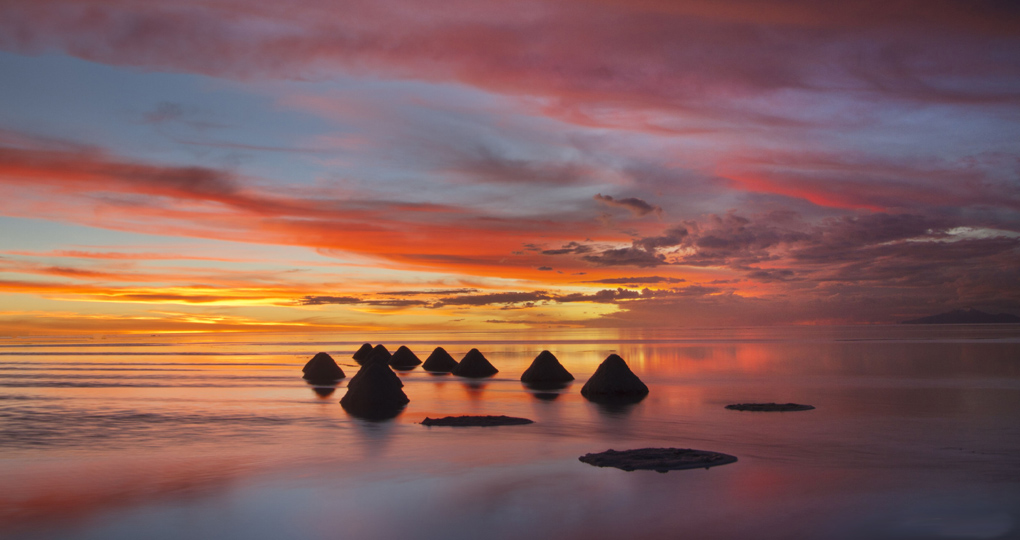
La Paz
La Paz is one of Bolivia’s major cities and one of the highest cities in the world. Located on a plateau in the antiplane of the Andes at 3,500m above sea level, the city offers a spectacular panorama of the Andes. The old town boasts beautiful Baroque architecture. A variety of restaurants and cultural attractions make it a great first stop on your Bolivia tour..
Uyuni
The Salar de Uyuni, also known as the Uyuni Salt Flats, is the largest and highest salt desert in the world, with an area of 10,582 km. The flats are great to visit any time of year, but they are particularly great during the rainy season. During this time, the rain collects and creates a thin layer of calm water on top of the flats, which then reflects the sky and clouds, creating a magical mirror effect and an endless horizon. This phenomenon typically occurs between January and February and sometimes lasts until the first week of March.
Lake Titicaca and Sun Island
Lake Titicaca is the highest-navigable lake in the world, located at 3,812m above sea level. Just over half of the lake is located in Peru, with the other 40% in Bolivia. The lake is not just naturally beautiful but significant to Bolivian culture as the legendary birthplace of the first Inca Emperor. Sun Island is the largest island on the lake and a significant Inca site, with over 80 ruins. Most of the island is inhabited by local Indigenous farmers and fishing families.
Other Highlights of Bolivia Off the Beaten Path
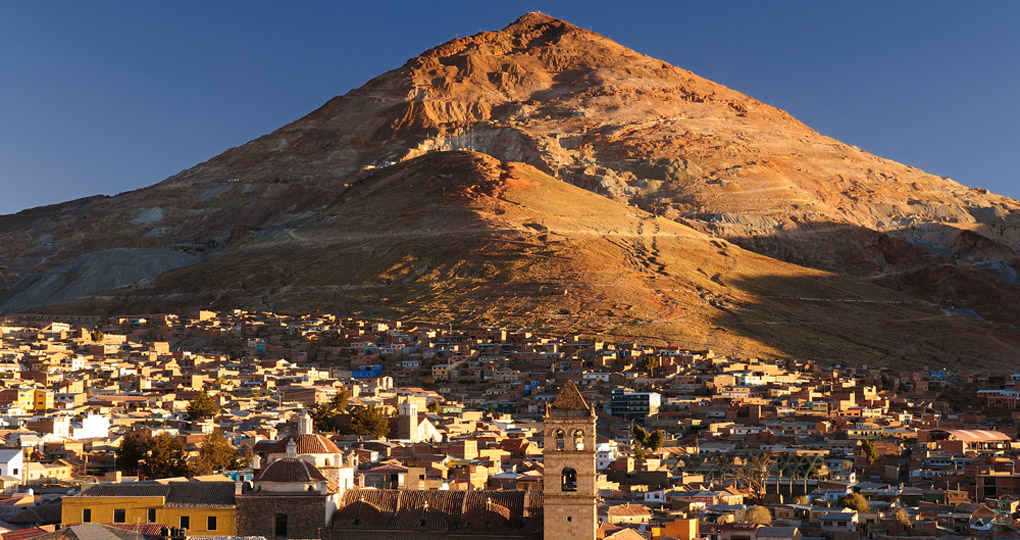
Santa Cruz
Santa Cruz is a tropical paradise, with a pleasant climate and friendly people. It’s the most populous city in Bolivia and the country’s economic centre. Travellers can visit the beautiful Metropolitan Cathedral, stroll along Monsenor Avenue, or visit nearby Yvaga Guazu Park, where they can see ancient trees and a wide range of flowers all year round. Santa Cruz is also a gateway to Amboro National Park and Cotoca town.
Potosí
Potosí is a Bolivian city with a long mining history. The working silver mine, Cerro Rico, is one of its main attractions, allowing visitors to head underground to experience the living and working conditions of Bolivian miners. Potosí also has la Casa de la Moneda and Plaza10 de Noviembre. Each is a significant historical site, with ornate colonial architecture and historical attractions.
Bolivian Amazon
The Bolivian Amazon is divided into two zones: one is the Pampas with very large savannas, immense wetlands, and fewer Amazon trees; and the second is the jungle/rainforest “selva” region. There are various ways to access the Bolivian Amazon, but the most popular is through the town of Rurrenabaque, which has a well-established tourist infrastructure for jungle tours.
Top Activities and Experiences in Bolivia
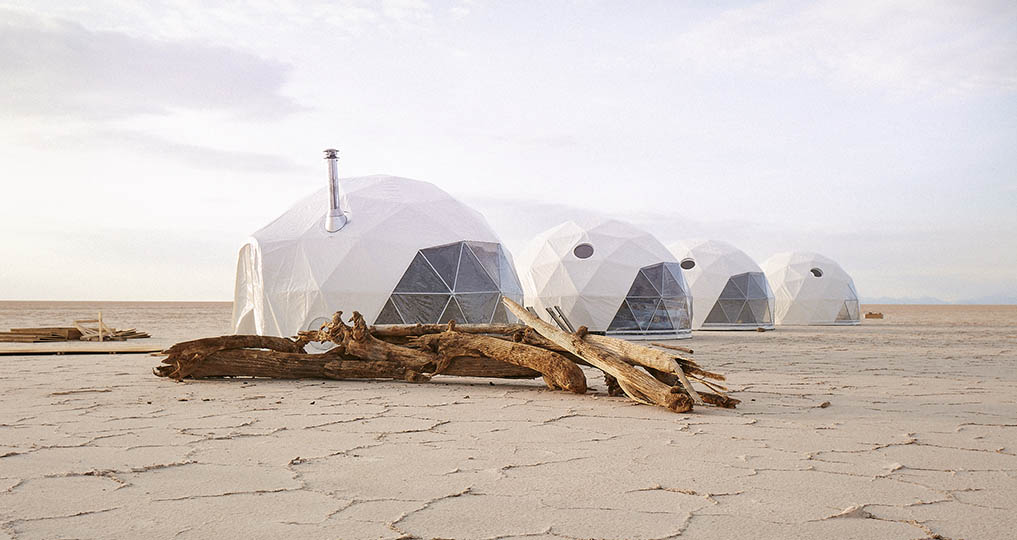
Ride the Cable Car in La Paz
You can catch this cable car at the former train station. It’s known as the Red Line and allows you to enjoy the best view of this incredible Andean city and the red clay houses that give La Paz its unique look.
See the Red Lagoon
Laguna Colorada or the Red Lagoon is located at an altitude 4,260m in the southwest of the altiplano, close to the border with Chile. The lagoon is known for its spectacular red colour and beautiful flocks of James, Andean, and Chilean flamingos. The surrounding landscape of snowy mountains is also breathtaking.
Camp on the Uyuni Salt Flats
Take advantage of the unique opportunity to stay on the Uyuni Salt Flats themselves, sleeping in a geodesic dome. Camping on the flats allows you to stay up late to enjoy views of the Milky Way—Uyuni is considered the best stargazing spot on the planet. You may also have the chance to wake up after rainfall and emerge from your dome into what looks like a sea of sky.
Soak in Hot springs in Potosí
Experience a variety of hot springs in Potosí that have been created by the heavy activity from the Polques Volcano. Relax in the mineral-rich thermal swimming pools and lagoons with water temperatures usually at 28°C–30° C/82°F—86°F.
Essential Bolivian Foods to Try
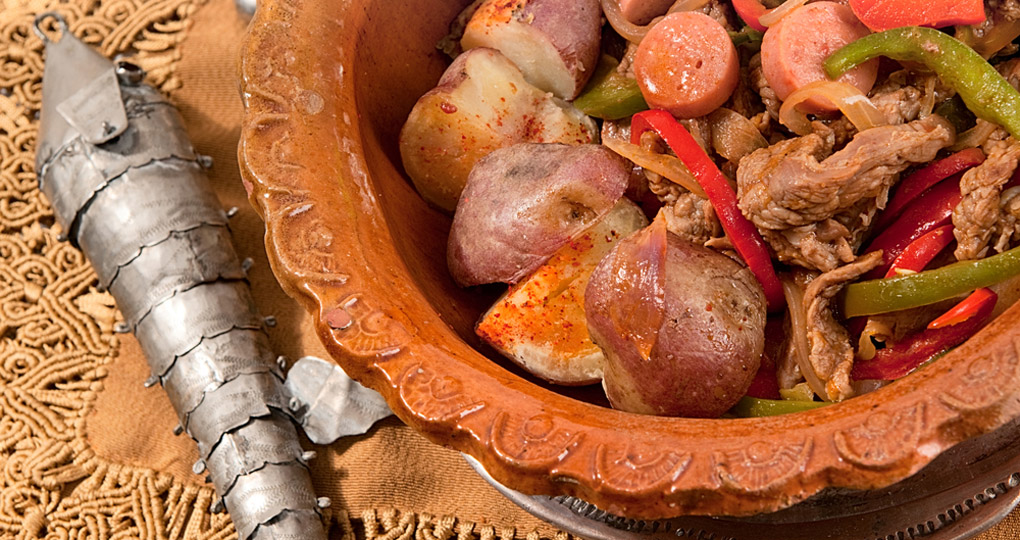
Anticucho
Anticucho is a flame-grilled cow heart served with grilled potato smothered in spicy peanut sauce. It is considered a street food staple which can frequently be found outside the local watering holes. It’s a local favourite.
Pique Macho
Sometimes referred to as “Andean stir fry,” this simple but tasty dish consists of pieces of sliced beef, fried sausage, onions, bell peppers, and chilli peppers topped with ketchup, mustard, and mayonnaise on top of a bed of french fries. It is a very popular dish and one of the most emblematic dishes of Bolivian gastronomy.
Charquekan
Traditionally, Charquekan was a stew of dried beef or llama meat that was typically eaten by merchants travelling between destinations or peasant farmers. Today, it’s made with ground beef, potatoes, pumpkin, onions, and peas or corn. Topping it off with a fried egg is a popular option too.
Mocochinchi
This traditional Bolivian drink can be found at food stalls in most markets. Mocochinchi is made with peaches that have been peeled and dried, left in water overnight, then boiled with cloves, cinnamon, and other spices. It is typically served cold. After finishing your drink, it’s customary to eat the peach.
Tips for Sustainable Travel
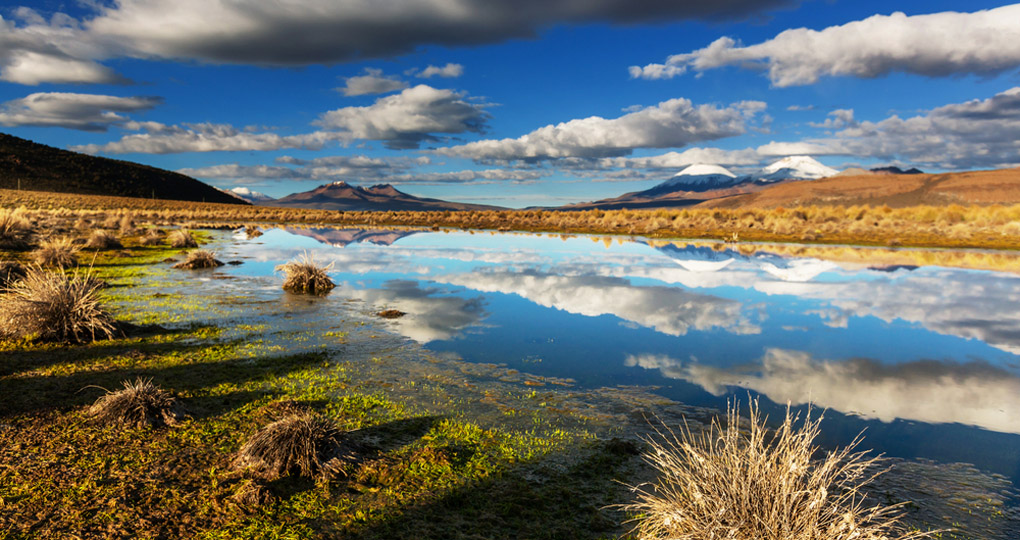
The Bolivian government is very serious about carrying out tourism with the least possible impact on natural habitats. Ensure the company you are booking your tour or trek with treats its guides and porters fairly and respects the cultures and environments their tours are based in. Book with tour operators dedicated to sustainable travel and committed to responsible and ethical practices. Stay in eco-lodges and hotels when possible, as they focus on providing sustainable accommodations that reduce the impact on the environment and locals. Try to travel with reusable items to help reduce waste, like reusable straws, refillable water bottles or even better, reusable water bottles with filters. Avoid plastic bags or items wrapped in plastic and try to take rubbish with you when you can. A good guideline? If it came in your luggage, it should leave in your luggage.
Where to Go Next
Bolivia is in the centre of South America, making it a great starting point for a trip through several other countries such as Peru, Brazil, Argentina, or Chile. Combine Peru and Bolivia by visiting both sides of Lake Titicaca or visit the Uyuni Salt Flats then transfer by road to the Chilean border and visit the Atacama desert before continuing on to Santiago. You can also take a train from Uyuni and go to northern Argentina where you can visit the beautiful Salta region, Iguassu Falls, the Mendoza wine region, or Buenos Aires.
Most Popular Itineraries for Bolivia
Wonders of Bolivia offers a week-long introduction to Bolivia’s most popular locations and sites, such as La Paz, Sun Island, and Uyuni. The Best of Bolivia and Peru offers an opportunity to explore the best of both countries over 10 days that include Machu Picchu, Cusco, and La Paz. The Best of Bolivia explores historical sites in La Paz, Sun Island and Lake Titicaca, and Uyuni.
3 Sep 2020, 6:17 p.m.



